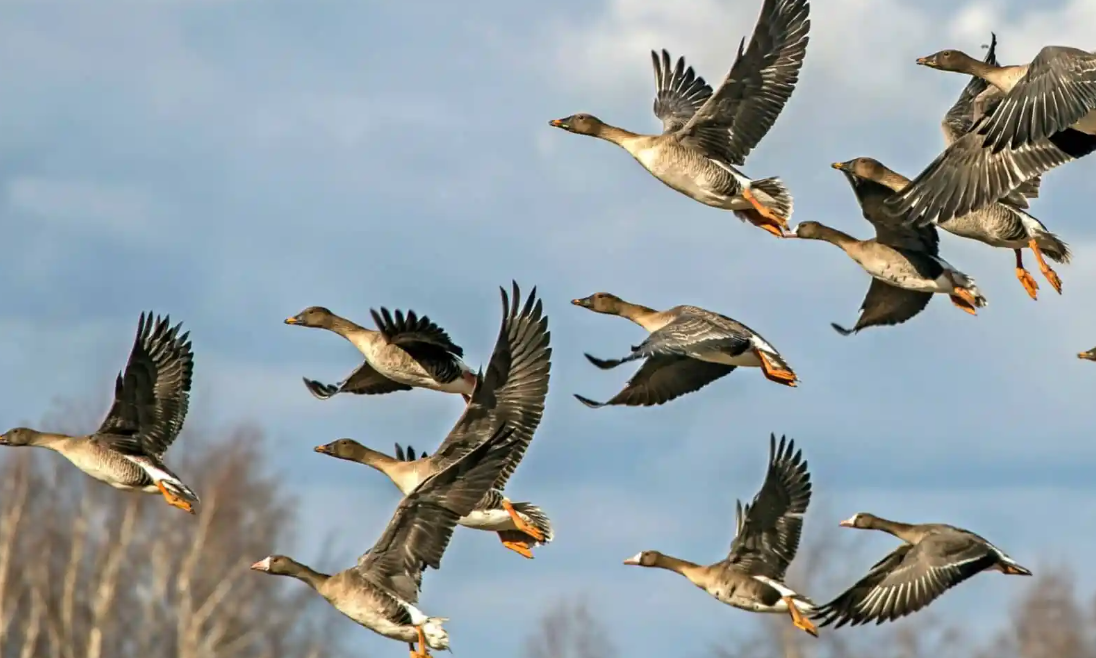1. What is a Bird Strike?
A bird strike occurs when a bird or a group of birds collide with an aircraft. Bird strikes can damage planes, leading to costly repairs, delays, or emergency landings. It is important to take preventive measures to ensure the safety of aircraft and passengers. Bird strikes cost the aviation industry millions of dollars annually. Preventive measures can help reduce costs and avoid unnecessary damage.
2. Most Common Birds Involved in Collisions
Birds of all sizes can cause bird strikes, but large birds like geese, gulls, and cranes pose a greater threat to aviation safety. The increasing bird population, such as Canadian geese, has heightened the risk of bird strikes.
3. Factors That Increase Bird Strike Likelihood
Altitude:
Bird strikes are more likely during takeoff or landing at lower altitudes.
Time of Day:
Bird strikes are more common during daylight hours, but a significant number also occur at night.
Surrounding Environment:
Vegetation, bird feeders, and proximity to bodies of water or agricultural areas can attract birds and increase the risk of bird strikes. Airports located in wildlife-attracting areas should implement measures to repel birds and reduce the risk of collisions.
Migratory Patterns:
Bird activity around airports increases during migration seasons, especially in the fall, contributing to a higher risk of bird strikes.
4. How Birds Damage Aircraft and Affect Flight
Bird strikes can damage engines, windshields, propellers, flight control surfaces, and nose cones, compromising aircraft performance and potentially causing accidents.
Engines:
Bird ingestion can damage engine blades, leading to reduced power, airspeed, and altitude. In rare cases, bird strikes can result in engine failure.
Windows and Windshields:
Bird strikes during takeoff can break through windshields, endangering the crew.
Propellers:
Bird strikes can bend or break propeller blades, reducing thrust and lift.
Flight Control Surfaces:
Bird strikes can damage ailerons, elevators, and the rudder, affecting maneuverability and control.
Nose Cones:
Bird strikes on nose cones reduce aerodynamic efficiency, increase drag, and decrease speed.
How to Reduce Bird Strikes
Pestman Bird Repellent uses safe and non-toxic ingredients, including Methyl Anthranilate (MA), to repel birds through smell, taste, and touch. It is a humane and effective solution that deters harmful birds without causing harm or killing them. Pestman Bird Repell can also repel bats and wild rabbits at airports.






